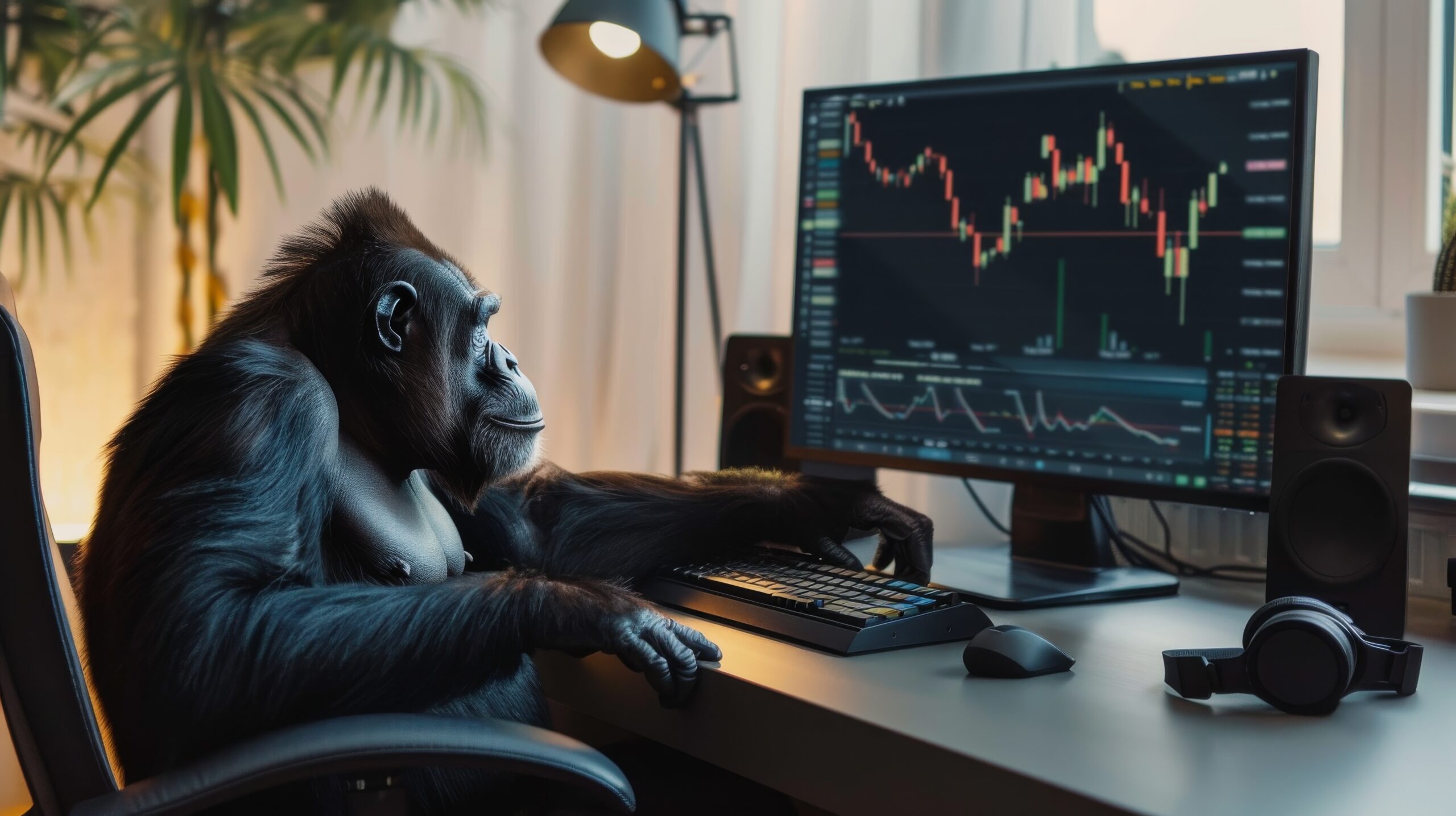An often overlooked but critically important aspect of trading is avoiding drawdowns. Twenty
great trades can be undone in an instant through a momentary lapse in judgment.
Here are the most common mistakes that traders make and some pointers on how to avoid
them. Being aware of these and choosing to avoid them will help you grow your account
exponentially.
- God Mode
Ultimately every disastrous mistake that you make can be traced back to entering ‘God
mode’. When you feel indestructible because you are the ‘master of the markets’, be
very cautious on your next move.
Markets will always be there to humble you when your ego is most inflated. No one
knows with certainty what markets will do next so always plan for your thesis to be
wrong.
Eliminate ‘God mode’ from your trading and your losses will dissipate. Whenever you
enter a trade expect that the worst possible scenario will play out against your entry. If
you have a plan to manage that scenario you will virtually never lose.
Everything else below ties back to this. - Over-Sizing, Over Leveraging or Sizing Up Too Soon
Think back to every time you have been stressed about a trade. I almost guarantee you
that it is because your position size, leverage setting or overall market exposure was
putting your net worth at risk.
Whenever you enter a trade you need to plan for the most extreme probable edge of
range to hit. Then you also need to plan to have enough bankroll to salvage your trade if
price gets to that point.
So unless you are entering a trade at the edge of a range (we will point these out to you)
your sizing should be such that your account is not down more than about 15% when
that edge of range arrives. You also need to factor in adding to that position 3-4 times if
the market moves against you. - Not Knowing Your Playing Field
Entering a trade with no knowledge of where you are in an algorithmic structure is a
good way to lose money. Our software signals and our charting will keep you constantly
up to date on where we are in these structures.
Before you enter a trade know where your extremes of range are (highs and lows) as
well as your major supports and resistances. We will point these out regularly in the
commentary channel. If you still aren’t sure, reach out in the group chat. - Revenge Trading
Revenge trading is quickly jumping back into another trade without thinking through a
plan after taking a loss. This will inevitably lead to another loss, often bigger than the
first as you try to ‘make it all back’.
Instead, take a break, go for a walk and clear your head if you take a loss. Evaluate
what you did that resulted in that loss and what you should do differently next time.
Then wait for the next clean setup. - Boredom Trading and Overtrading
Entering a trade because you want to ‘feel something’ is a bad idea. Just don’t do it.
You don’t always need to be pressing buttons. Waiting for software signals before
executing trades will save you a lot of money and pain.
Remember that we have a $3 million dollar piece of software monitoring markets 24/7 for
us. If it’s not doing anything then sit on your hands. Two good setups a month is
enough to add 50% or more to your accounts.
Appreciate the downtime in between setups. Spend time in real life. Avoid guessing
and taking unnecessary risks. The notifications will alarm when it’s time to press those
buttons. - FOMO and Fear Trading
Watching a green candle run away from you often causes a sinking feeling inside. Relax
and remember there is always another trade to catch. Jumping in after a move is well
underway rarely works well.
On the flip side, making decisions on your positions based on fear is usually costly as
well.
Firstly, if you are afraid then your position is likely too big for your account. You may
need to size down and reevaluate the playing field and your plan with that trade.
The other part of trading in fear is being worried about holding through every dip. This
again is a size problem. There is nothing wrong with riding a reasonably sized position
down into major supports where you can properly size up. In fact this is necessary to
maximize your gains long term.
You never know with certainty when the market is going to run so riding dips is part of
the game. Size properly and the emotions exit the equation. - Round-tripping and Not Respecting Stop Losses or Take Profits
Markets go up AND down. Crypto teaches horrible investing habits with the hopium that
everything will only go higher.
Take profits when you are up and the software is trimming. No one ever goes broke
taking profits. Moves always terminate and bag holders inevitably watch gains
disappear.
Same with stop losses. If you are using one you need to respect it. Do not jump right
back in or keep moving it lower. Respect your trading plan and only change it if you
have a very good reason to do so.
Inquiries and Questions: Telegram @cogdok

